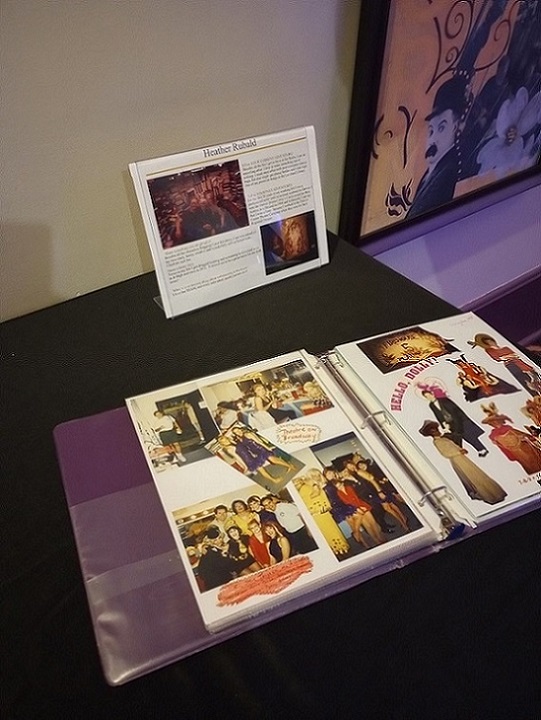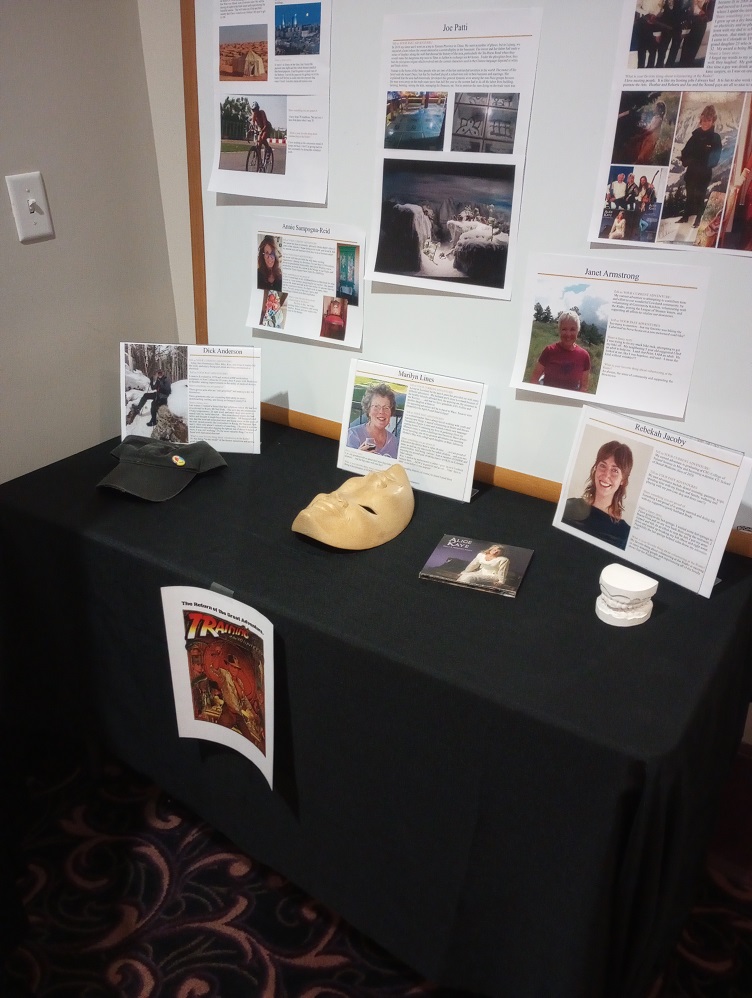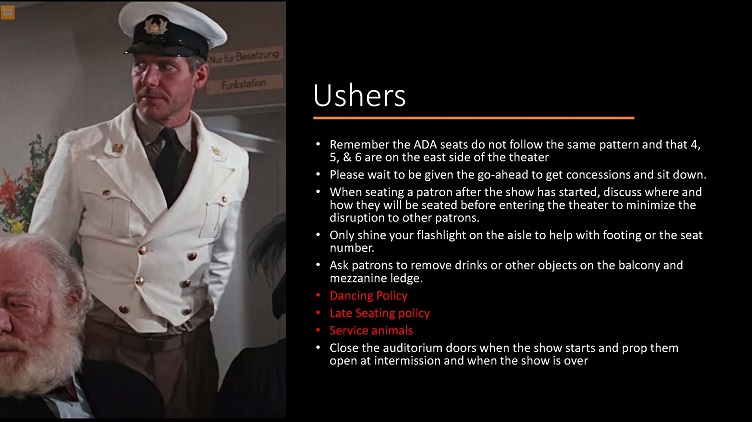I know I have been citing Seth Godin a lot lately, but he has had a lot of posts that seemed relevant lately. One of his recent ones addresses how marketing is expected to do a lot of the lifting for a company. In his post, he suggests that it is because no one has clearly defined the boundaries of what marketing is supposed to be doing.
This is just an excerpt of the full list of roles he identifies:
That’s the first part of the confusion. It’s a group of people who can’t decide what the thing they do is supposed to be.
Is it:
Advertising
Publicity
[…]
Making the logo pretty
[…]
Maintaining the status quo and not screwing up
Keeping the website running
[…]
Community engagement
[…]
Customer service
Customer delight
[…]
Branding (whatever that is)And seven other things we could name and argue about…
If people are confused about what they do, perhaps that’s why it’s hard to move forward. What’s this meeting for? How do we know we’re working on the right things? What’s important?…
I have been preaching that marketing is everyone’s responsibility on my blog since the early 2000s. Apparently, I have been preaching it a lot in real life too because one of the marketing staff at my job named the folder in which all staff members can place images, videos, stories, etc they collect during events “Marketing Is Everybody’s Job.”
While there should be clear boundaries about what the marketing staff is expected to accomplish, the concept of who contributes to the accomplishment of those goals shouldn’t be siloed. If the message being broadcast via different media channels is that You are the audience we want, the all members of staff need to know they have to reinforce that message when they encounter the potential audience.






Thanks for what you are doing to bring cultural change to the arts. It is so important to represent everyone.…